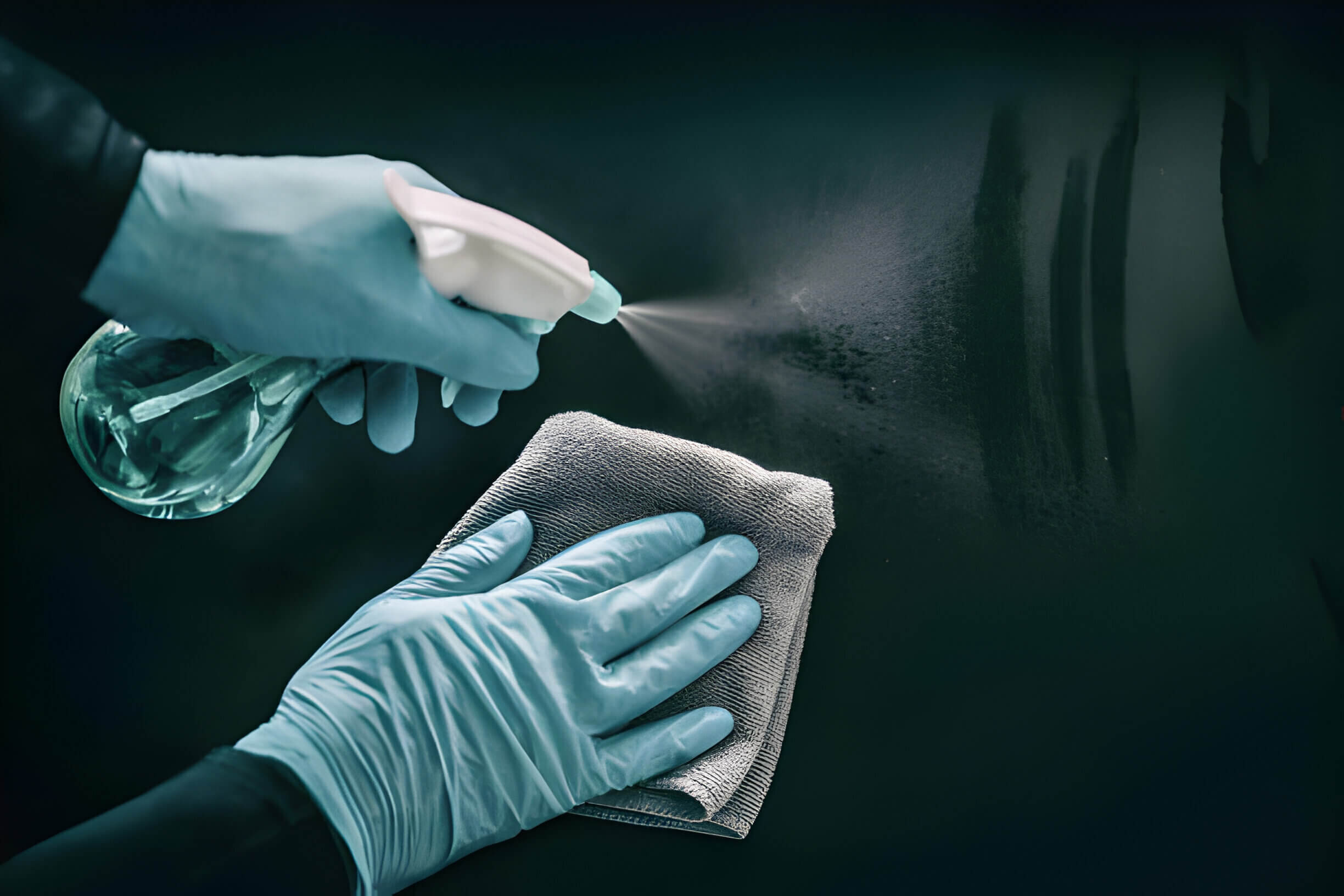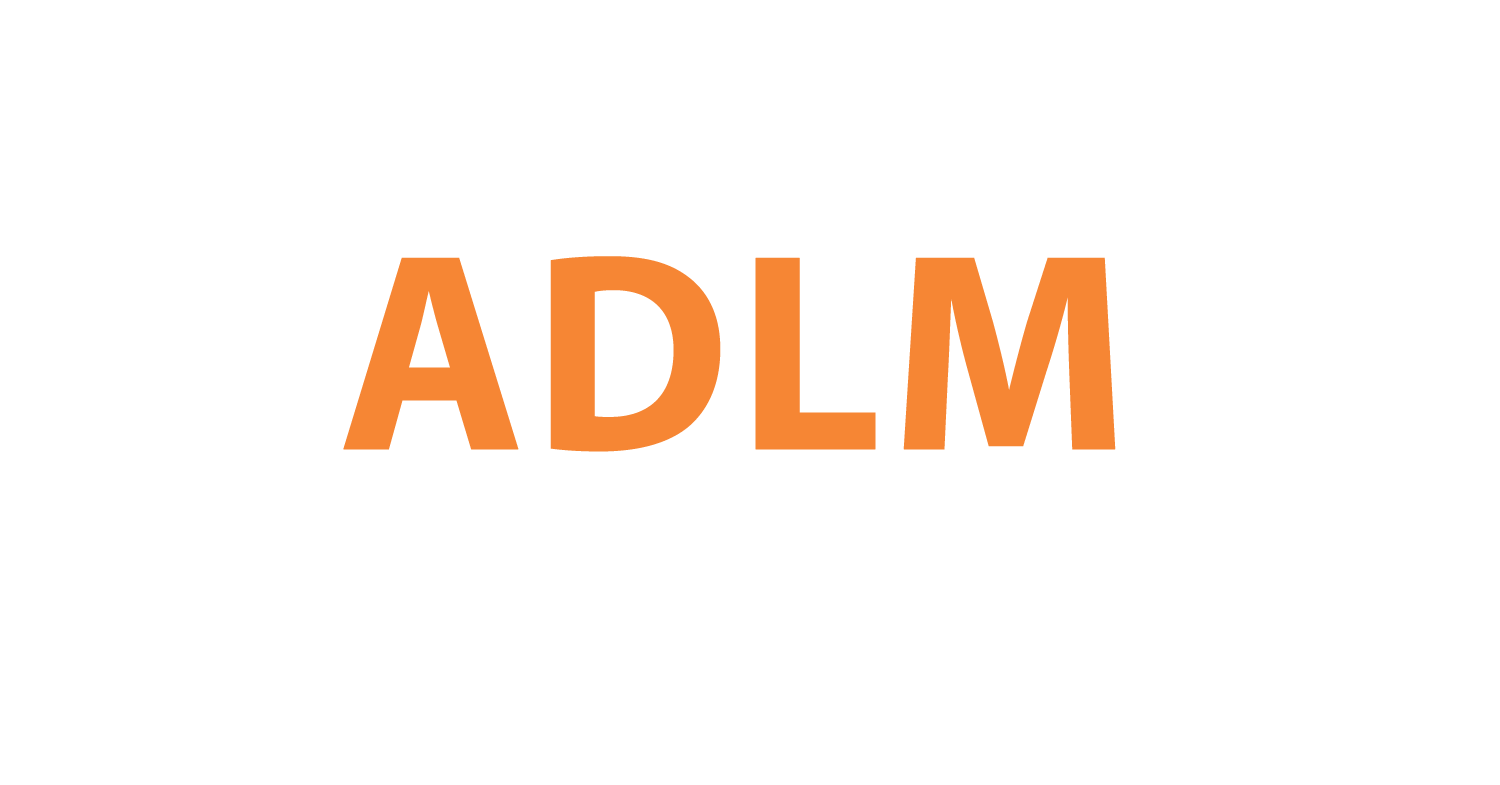The Effectiveness of Cellulose Sponges for Environmental Sampling

A recent study investigated the efficiency of using cellulose sponges to sample common healthcare pathogens from hospital surfaces. The research was conducted by CDC scientists Laura J. Rose, Hollis Houston, and colleagues in Atlanta, Georgia in 2022.
What is Environmental Sampling?
Environmental sampling refers to the practice of collecting samples from non-porous hospital surfaces to detect healthcare pathogens. This allows researchers to evaluate cleaning methods and disease transmission routes. Typically small surface areas are tested with swabs, but sponges can cover larger zones.
Factors Influencing Pathogen Recovery
The CDC group’s experiments showed the percent recovery (%R) varied greatly by organism. For example, carbapenem-resistant Klebsiella pneumoniae had a %R below 10%, while Clostridioides difficile spores reached almost 60%. Recovery was far higher when cells were suspended in an artificial test soil (ATS) mimicking body fluids versus buffer alone. This indicates that organic matter improves detection, likely by protecting cells from desiccation and altering surface properties. K. pneumoniae cultivability declined over 90 minutes, emphasizing the need for consistent drying times.
Efficiency Across Different Surfaces
Interestingly, %R differences between steel, plastic, and laminate surfaces were minor, within 6.6% for each organism when ATS was present. This suggests cell characteristics play a bigger role than material variation. Inoculum distribution also had little effect, though depositing concentrated droplets increased detection versus even spreading.
Advantages of Cellulose Sponges
Compared to standard swabs, sponges can sample larger surface areas while maintaining good pathogen recovery. The %R was consistent across a 104 to 106 CFU per 50 in2 range. Selective and non-selective culture media yielded similar results. Overall, the cellulose sponge wipe method proved efficient for recovering key drug-resistant organisms from hospital surfaces.
These controlled studies clearly demonstrate that cellulose sponges are sensitive tools for environmental sampling of healthcare pathogens. Body fluid organics are critical for accurately gauging recovery efficiency. Going forward, these findings will assist hospitals in outbreak investigations and cleaning assessments.
Click to View → Mantacc Environmental Sampling Kits
References
Factors influencing environmental sampling recovery of healthcare pathogens from non-porous surfaces with cellulose sponges









